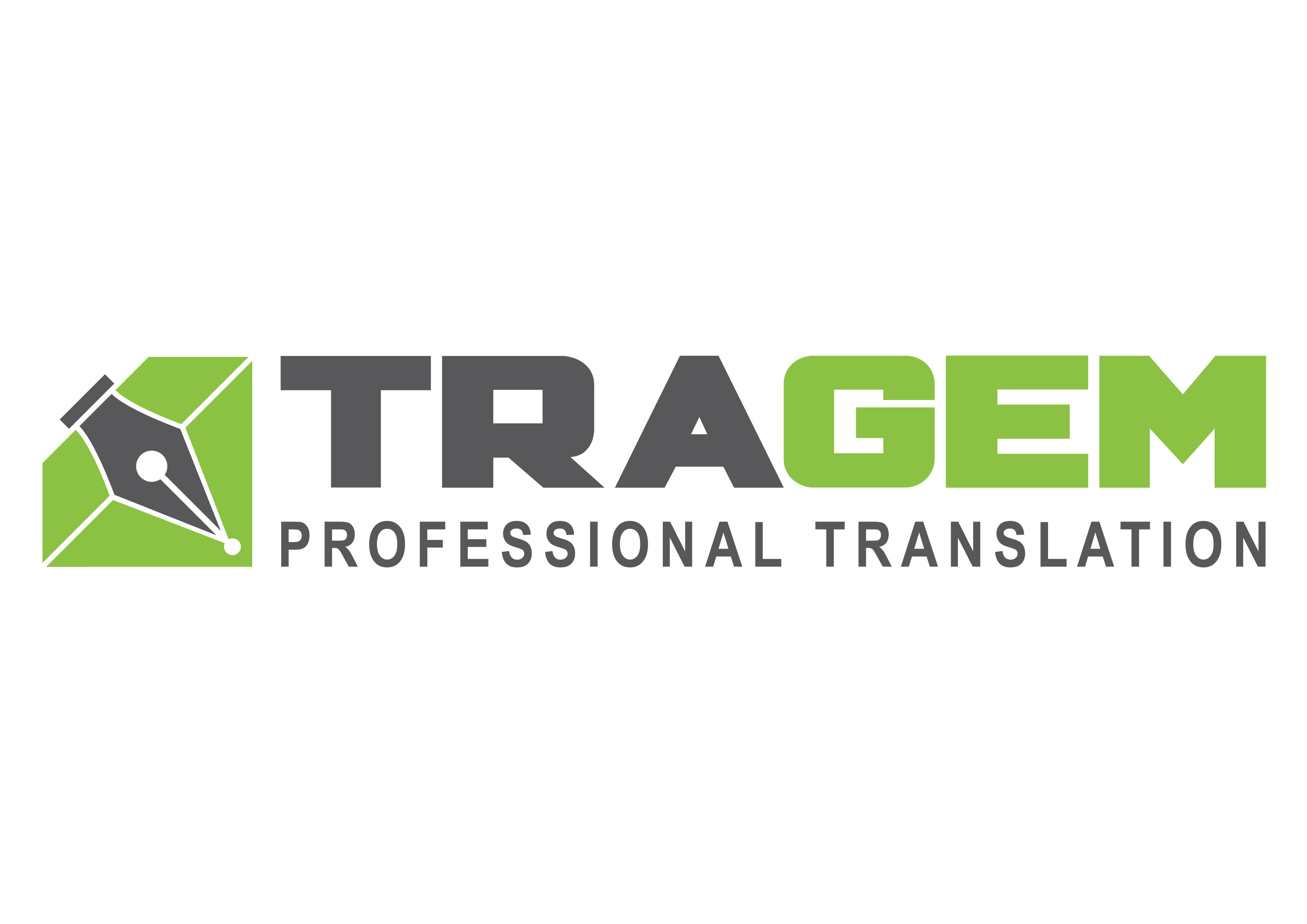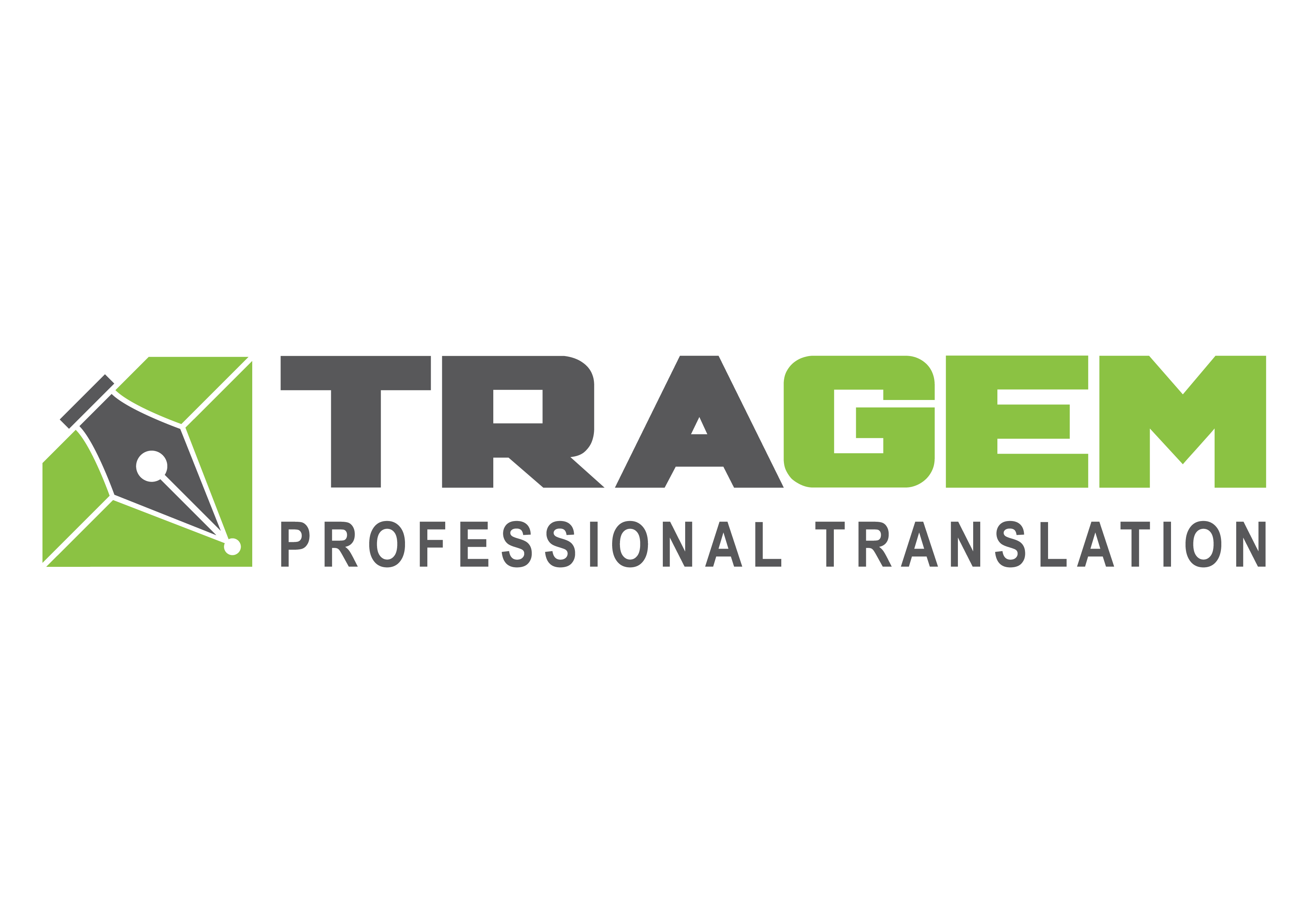Navigating the Digital Marketplace
Localizing E-commerce Platforms for MEA Markets
As e-commerce continues to flourish globally, the Middle East and Africa (MEA) region emerge as vibrant and lucrative markets with immense potential for growth. However, successfully penetrating these diverse markets requires more than just offering products and services; it demands a deep understanding of local cultures, languages, and consumer behaviors. Localizing e-commerce platforms for MEA markets presents a unique set of challenges and opportunities, paving the way for businesses to tap into this vast and dynamic region.

One of the primary challenges in e-commerce localization for MEA markets stems from the linguistic diversity across the region. With Arabic, English, French, and numerous indigenous languages spoken, catering to the linguistic preferences of diverse consumers is essential. Translating product descriptions, user interfaces, and checkout processes accurately and fluently in multiple languages is crucial for engaging with local audiences and building trust.
Cultural nuances also play a pivotal role in e-commerce localization within the MEA region. Each country has its own set of cultural norms, traditions, and consumer preferences that influence purchasing decisions. From product imagery and marketing messages to payment methods and customer service, tailoring e-commerce platforms to resonate with local cultures is essential for driving conversion and fostering customer loyalty.
Moreover, navigating logistical and regulatory challenges poses additional hurdles for e-commerce localization in the MEA region. Cross-border shipping, customs regulations, and payment gateways vary between countries, requiring careful consideration and adaptation to ensure seamless transactions and delivery experiences for customers. Compliance with data protection laws and regulations is also paramount, safeguarding consumer privacy and building trust in e-commerce transactions.
Despite these challenges, e-commerce localization in the MEA region presents significant opportunities for businesses willing to invest in understanding and catering to local markets. With a burgeoning middle class, increasing internet penetration, and growing smartphone adoption, the MEA region offers a ripe environment for e-commerce growth. By embracing localization best practices, leveraging technology to overcome logistical barriers, and offering personalized shopping experiences, businesses can capitalize on the vast opportunities presented by MEA markets and establish a strong presence in this dynamic digital marketplace.
In conclusion, e-commerce localization for MEA markets requires a nuanced approach that addresses linguistic, cultural, logistical, and regulatory considerations. By understanding the diverse needs and preferences of local consumers and tailoring e-commerce platforms accordingly, businesses can unlock the vast potential of the MEA region and thrive in the competitive landscape of the digital marketplace.



